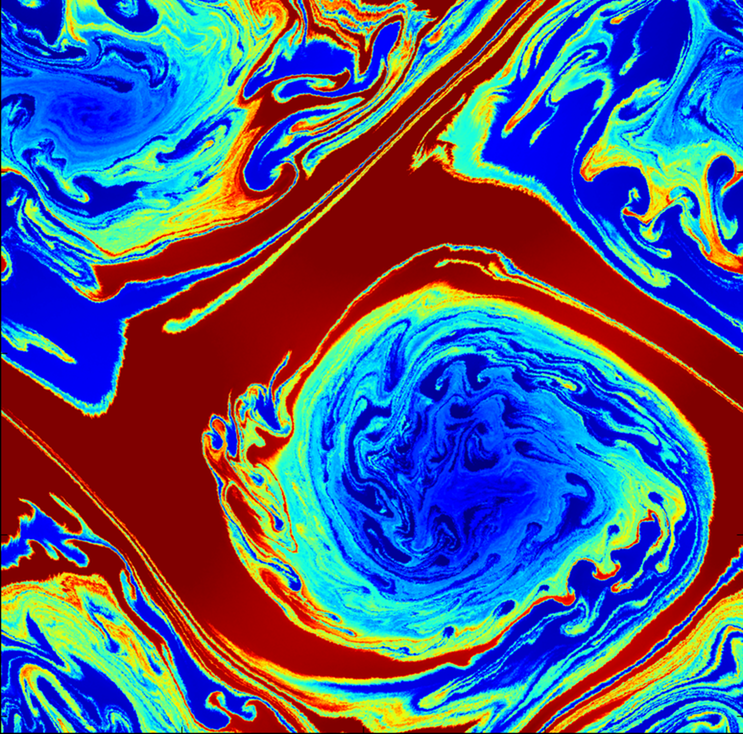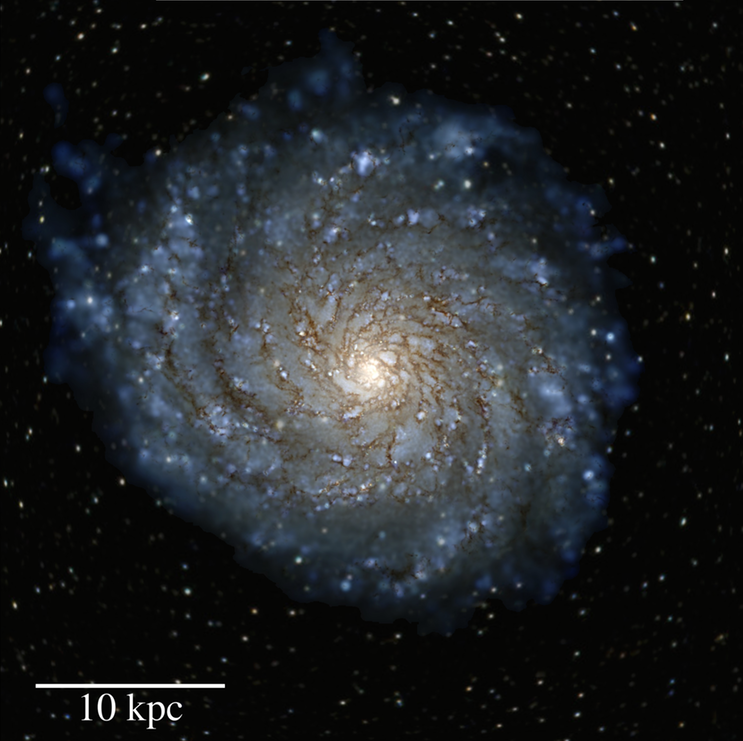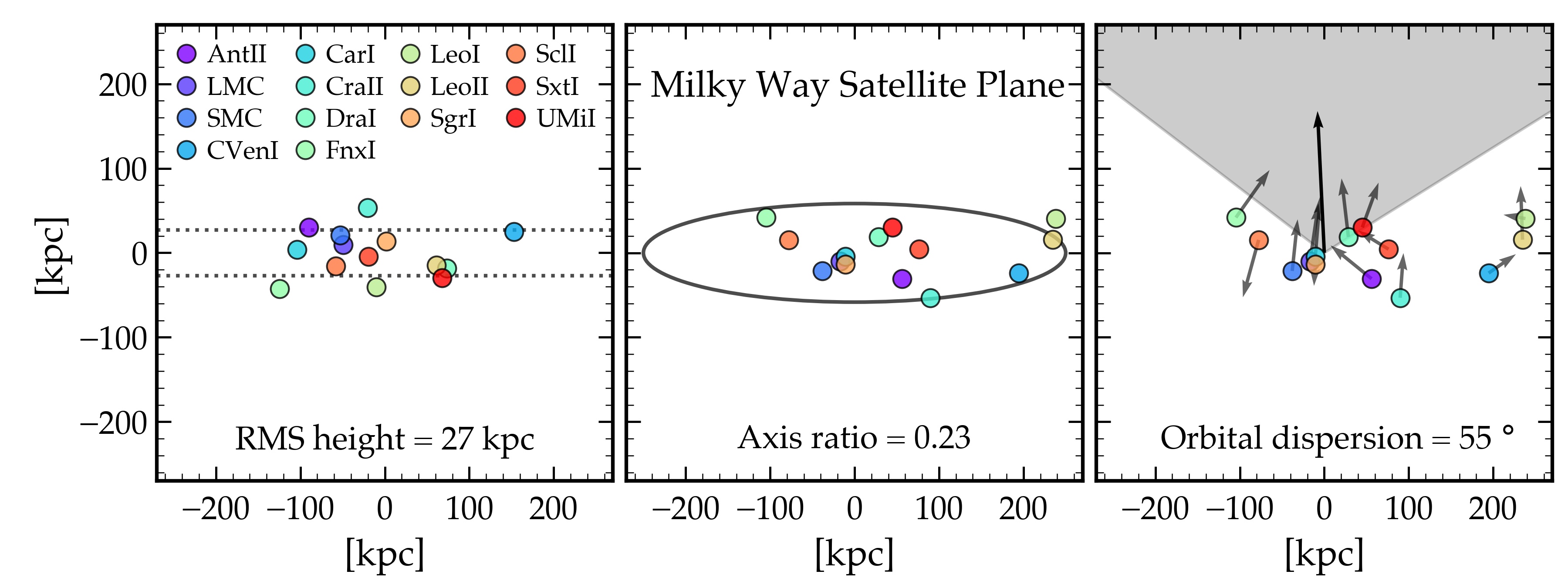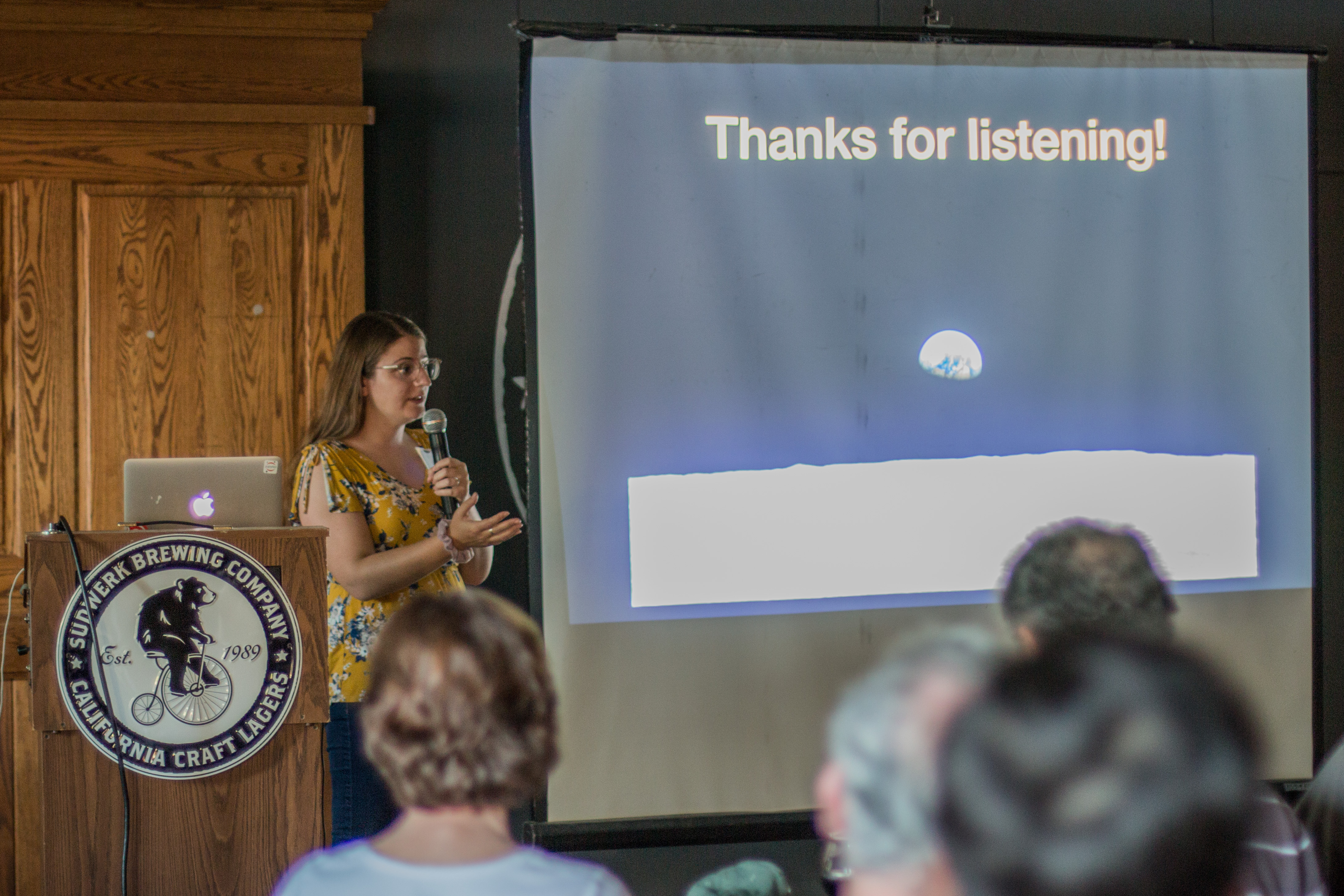

NSF Postdoctoral Fellow

I'm an NSF Astronomy and Astrophysics Postdoctoral Fellow at UT Austin. I use cosmological simulations to study the evolution of satellite dwarf galaxies.
I work to understand what the distribution and properties of satellite dwarf galaxies can tell us about their formation and evolution within the host environment. I use hydrodynamic zoom-in simulations of Milky Way-like galaxies from the FIRE (Feedback In Realistic Environments) project to learn about our local cosmological environment.
Links to: CV and Publications



I'm currently working on a project that ties the orbits of satellites to their star formation history and gas content evolution. Specifically, I want to disentangle the roles of internal stellar feedback (supernovae, stellar winds, and photoionization pressure and heating) and external halo environment (ram pressure from the gas in the Milky Way's halo) in regulating the gas content and star formation of satellites.

The satellite plane problem is the spatial and kinematic coherence of satellite dwarf galaxies in a planar or disk-like structure around the Milky Way, Andromeda, and Centaurus A. Previous studies that have looked for such planes in simulations have largely come up empty handed, implying that what we observe around the Milky Way could be exceedingly rare. I found that the LMC could play a role in forming kinematically coherent satellite planes. You can read more about this work in this Sky & Telescope article, the paper, or in this Twitter thread.

My first paper explored the radial distribution of satellite galaxies around both isolated Milky Way-like galaxies and paired Local Group-like systems in the FIRE simulations. Radial profiles can be used to test models of galaxy formation against observations of the Local Group. I wrote a Twitter thread that explains the key results from this project.
I taught intro physics online in Spring 2020 at UC Davis, for which I designed both recorded and live lectures and engaging online assignments. I have been a Teaching Assistant for undergraduate physics and astronomy labs, a physics for non-science majors lecture, and upper division math methods for physics majors. I was a Learning Assistant as an undergraduate at Florida International University. This was my first teaching experience and I helped facilitate introductory physics labs for two years before moving on to the upper division modern physics labs and lecture.
I'm passionate about making academia a more inclusive environment.

I was an active member of the UC Davis Diversity and Inclusion in Physics (DIP) from 2017 to 2021. We discussed issues within our department and brainstorm solutions that we implement with the help of a faculty committee. I led the creation of a series of workshops that address imposter syndrome, grad school applications, and seeking out mentorship and research opportunities. You can find diversity, equity, and inclusion resources on the DIP website.

I helped to put on a local public astronomy event called Astronomy on Tap in Davis. It features two short talks by astronomers and short segments about current events in astronomy. The event always draws a crowd of all ages and gives me a chance to answer people's questions and let them know what goes on in their local physics and astronomy department. I've given a talk to high school girls about galaxy simulations and my experience in academia, and I've been part of science demonstrations for local elementary school children.
jenna[.]samuel[@]austin[.]utexas[.]edu